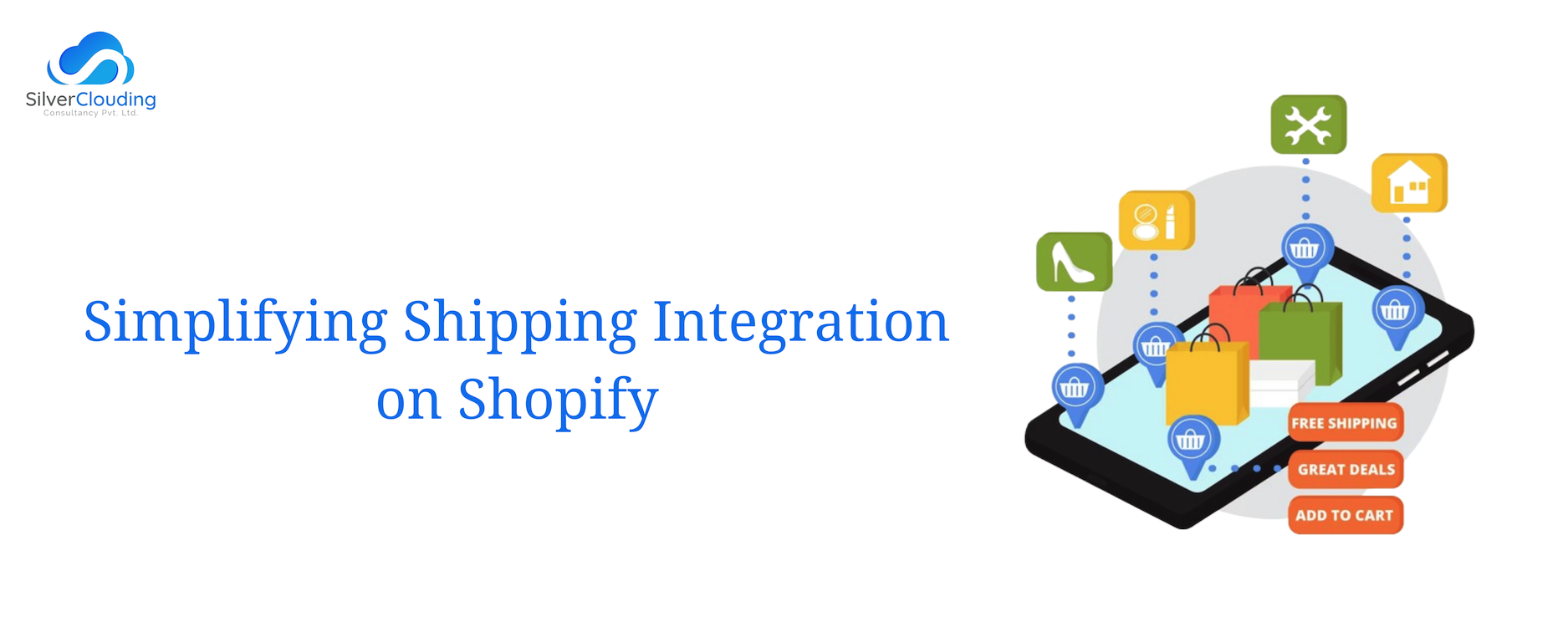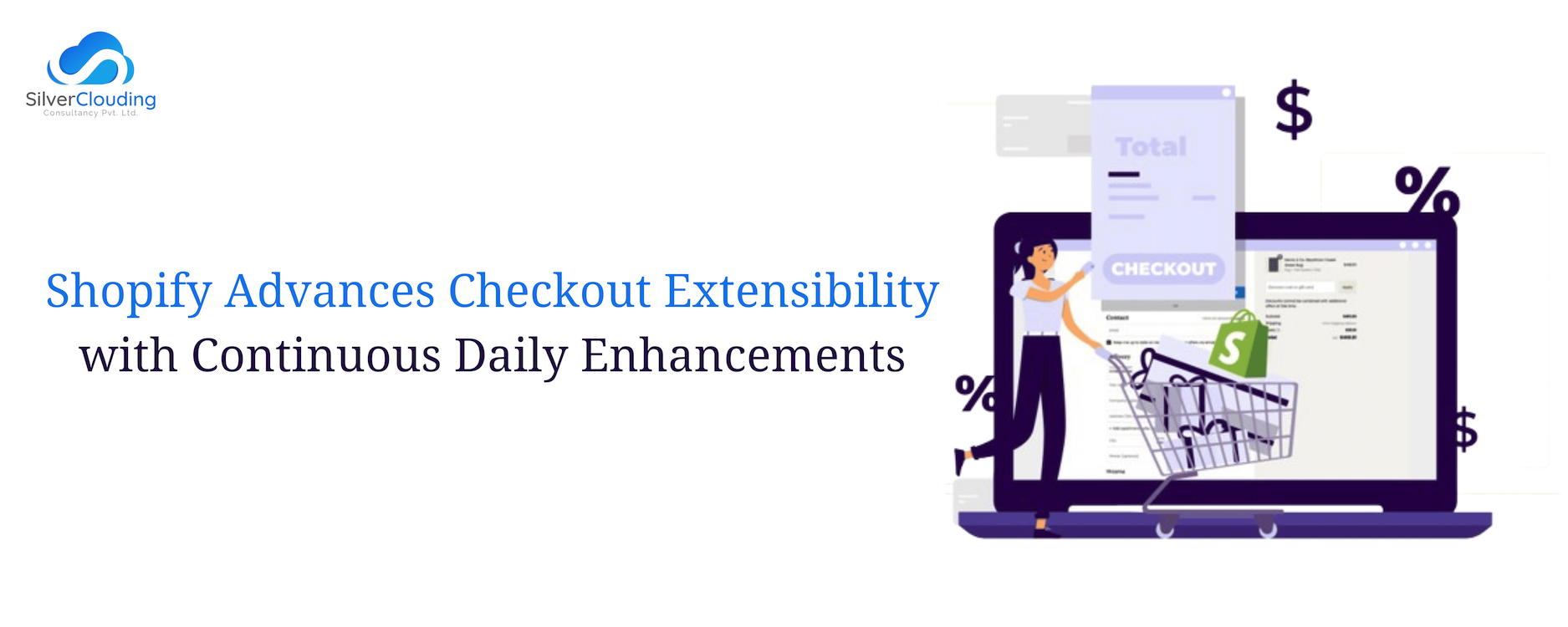As a Shopify merchant, integrating multiple shipping carriers seamlessly into your operations can be a game-changer. However, navigating the complexities of shipping integration requires careful planning and execution. This piece will help you walk through the process of integrating and managing multiple shippers on your Shopify store.
Step 1: Assess Your Shipping Needs
Before diving into the integration process, take a moment to assess your shipping requirements. Consider factors such as shipping destinations, package sizes, delivery timelines, and budget constraints. Understanding your specific needs will help you choose the right shipping carriers to integrate with Shopify.
Step 2: Research Shipping Carriers
Shopify offers integration with a variety of shipping carriers, including USPS, UPS, FedEx, DHL, and many others. Research each carrier to determine which ones align best with your shipping needs. Compare factors such as shipping rates, delivery speed, coverage areas, and additional services offered.
Step 3: Enable Carrier Calculated Shipping Rates
To integrate multiple shipping carriers into your Shopify store, you’ll need to enable carrier-calculated shipping rates. This feature allows Shopify to dynamically calculate shipping rates based on the carrier, package dimensions, and destination. Carrier-calculated rates ensure accurate shipping costs for your customers at checkout.
To enable carrier-calculated shipping rates:
- Log in to your Shopify admin dashboard.
- Go to Settings > Shipping.
- Click on “Manage rates” next to the shipping zone you want to update.
- In the Shipping rates section, select “Add rate” > “Carrier-calculated rates.”
- Choose the carriers you want to enable and enter your account credentials for each carrier.
- Save your changes.
Step 4: Configure Shipping Zones
Shipping zones allow you to define specific regions where different shipping rates and methods apply. Configure your shipping zones based on geographic locations, such as domestic, international, or specific countries. This ensures that customers see accurate shipping options based on their location.
To configure shipping zones:
- Go to Settings > Shipping in your Shopify admin dashboard.
- Click on “Edit” next to the shipping zone you want to configure.
- Define the countries or regions included in the shipping zone.
- Set up shipping rates for each carrier based on the destination and package weight or price.
- Save your changes.
Step 5: Customize Shipping Labels and Packaging
Once you’ve integrated multiple shipping carriers into your Shopify store, it’s essential to customize shipping labels and packaging materials. Consistent branding and professional packaging enhance the customer experience and reinforce your brand image.
Consider the following customization options:
- Design custom shipping labels with your logo and brand colors.
- Choose packaging materials that reflect your brand identity, such as branded boxes or tissue paper.
- Include personalized thank-you notes or promotional inserts in each package.
Step 6: Automate Shipping Processes
Streamline your shipping operations by automating repetitive tasks wherever possible. Shopify offers various automation tools and apps that can help simplify order fulfillment and tracking.
Key automation features to consider include:
- Auto-generating shipping labels and tracking numbers.
- Notifying customers of order status updates and tracking information via email or SMS.
- Syncing order details and shipping updates across multiple sales channels.
Step 7: Monitor Performance and Optimize
Once you’ve implemented multiple shipping carriers on your Shopify store, regularly monitor performance metrics to identify areas for improvement. Track key indicators such as shipping costs, delivery times, customer satisfaction ratings, and shipping-related issues.
Use this data to optimize your shipping strategy by:
- Negotiating better shipping rates with carriers based on your shipping volume.
- Identifying and addressing common shipping challenges, such as delays or damaged packages.
- Experimenting with different shipping methods or carriers to find the most cost-effective and reliable options.
Wrapping Up
Integrating and managing multiple shipping carriers on Shopify can seem daunting, but with careful planning and execution, you can streamline your shipping processes and enhance the customer experience. By following the step-by-step guide outlined above, you’ll be well-equipped to navigate the complexities of shipping integration and take your e-commerce business to new heights. It’s crucial to regularly assess your shipping needs, research shipping carriers, enable carrier-calculated rates, configure shipping zones, customize packaging, automate shipping processes, and monitor performance to continuously optimize your shipping strategy. It always takes the right approach to turn shipping into a competitive advantage for your Shopify store.




